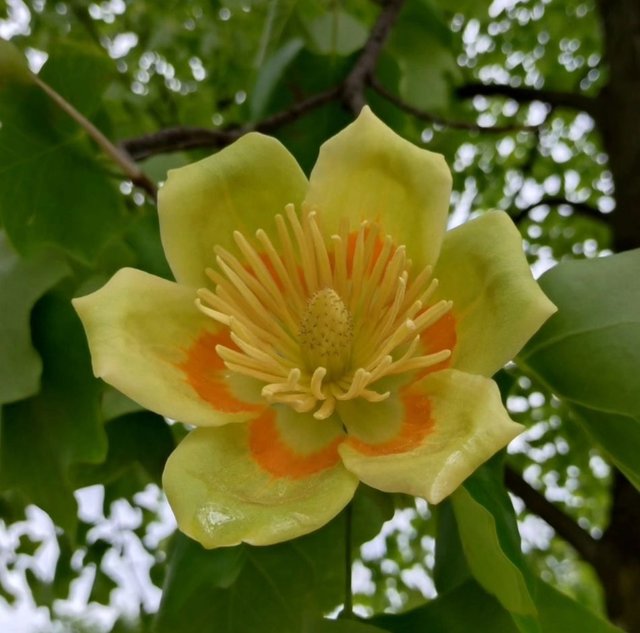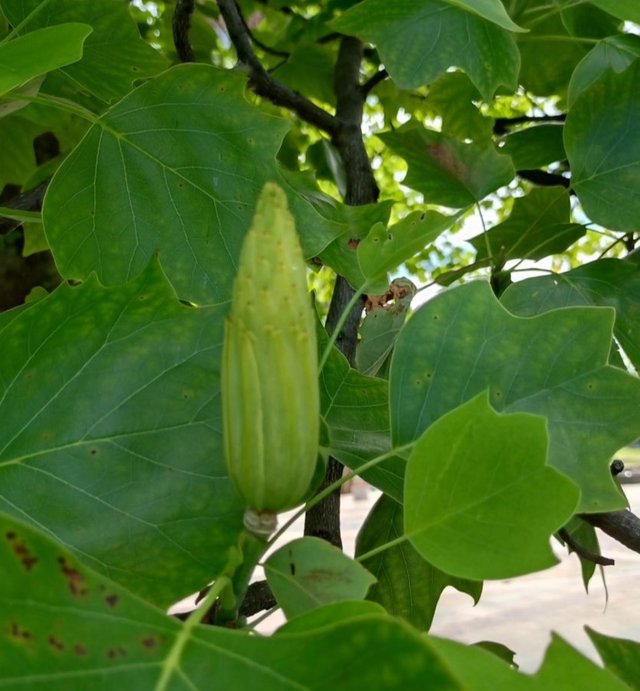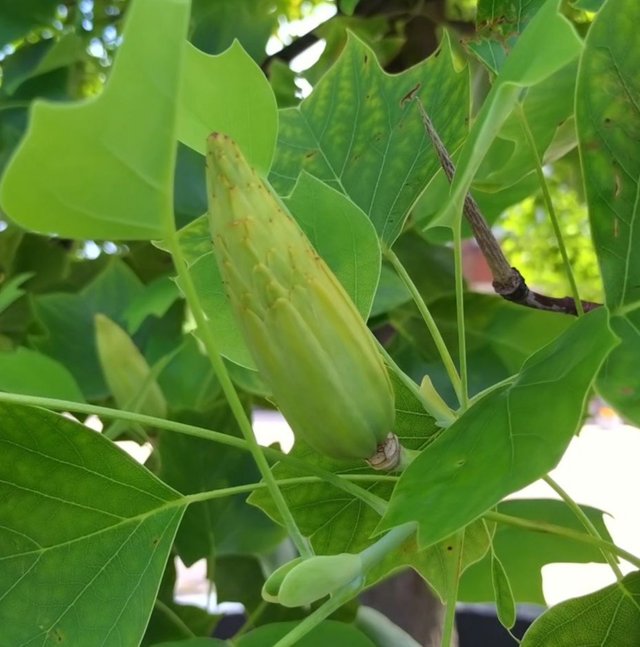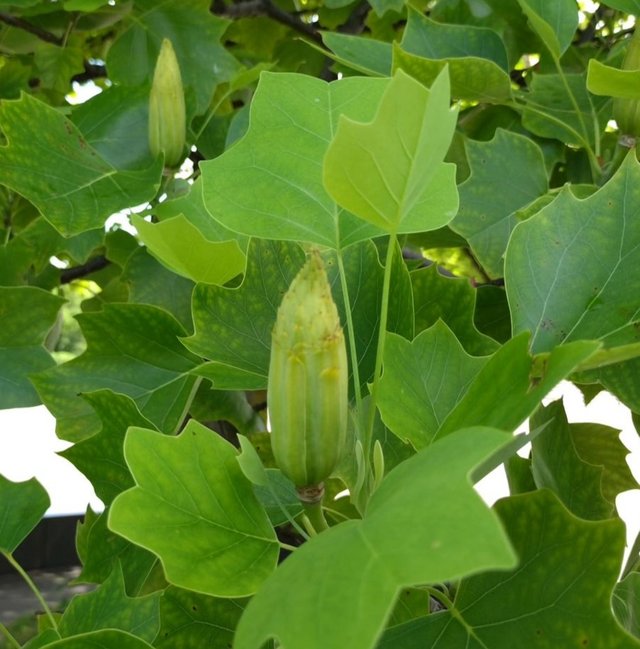Tulip Tree Yellow Colour Flower
The Tulip Tree , also known as the Tulip Poplar, Yellow Poplar, or Canary Wood, is a majestic and widely admired tree native to eastern North America. This tree, which belongs to the magnolia family (Magnoliaceae), stands out for its height, unique leaves, and striking flowers, making it a favorite among arborists, gardeners, and nature enthusiasts alike.
Characteristics
Appearance
The Tulip Tree is one of the tallest hardwood trees in North America, often reaching heights of 70 to 100 feet, with some specimens exceeding 150 feet. The trunk is typically straight and can grow up to 8 feet in diameter. The bark of young trees is smooth and light gray, becoming deeply furrowed and darker as the tree matures.
Leaves
The leaves of the Tulip Tree are distinctive, shaped like a tulip or a cat’s face, which gives the tree its common name. They are bright green, about 5 to 8 inches long and wide, with four lobes and a slightly notched tip. In the fall, the leaves turn a vibrant yellow, adding to the tree's ornamental appeal.
Flowers
One of the most striking features of the Tulip Tree is its flowers. Blooming in late spring to early summer, the flowers are large, cup-shaped, and tulip-like, measuring about 2 to 3 inches in diameter. They have greenish-yellow petals with an orange band at the base, making them quite attractive to pollinators like bees and butterflies.
Fruit
Following the flowers, the tree produces cone-shaped fruit clusters that contain numerous winged seeds. These seeds are dispersed by the wind, allowing the Tulip Tree to propagate over large areas.
Habitat and Growth
The Tulip Tree is native to the eastern United States, from southern New England and New York, west to Michigan and Illinois, and south to Louisiana and Florida. It thrives in rich, well-drained soils and prefers full sun, although it can tolerate partial shade. The tree is typically found in mixed hardwood forests, along stream banks, and in bottomlands where the soil is moist and fertile.
Ecological Importance
The Tulip Tree plays a significant role in its ecosystem. Its large size and broad canopy provide habitat and shelter for various wildlife species. The flowers are a crucial nectar source for bees and other pollinators, while the seeds are a food source for birds and small mammals. The tree's leaves decompose to enrich the soil with organic matter, supporting the health of the forest floor.




Thanks For Reading
Device Information
| Device | cannon eos 600D |
|---|---|
| Lens | 55-250 zoom leans |
| Location | Myanmar |
